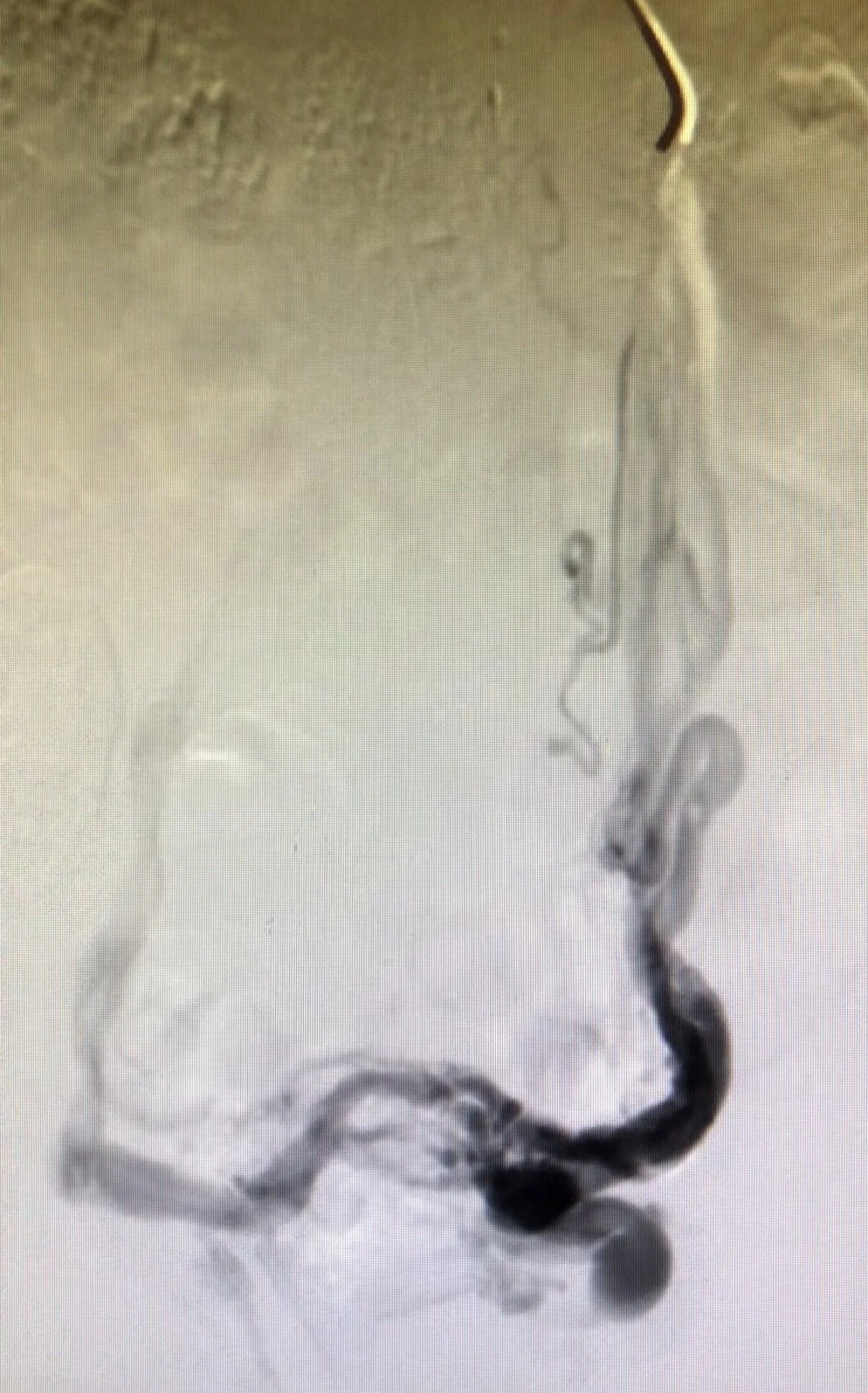Pelvic Congestion Syndrome
Pelvic Congestion Syndrome (PCS), also referred to as Pelvic Venous Insufficiency (PVI or PeVI), is a frequently encountered yet persistently misunderstood clinical entity.
Despite its prevalence, PCS remains controversial. Some physicians question its legitimacy, which can lead to dismissive diagnoses and misplaced stigma for affected patients. This lack of consensus contributes to emotional and diagnostic burdens that are both unnecessary and preventable.
Even among vascular specialists, perspectives vary widely. PCS has historically been absent from standard training curricula, leaving a knowledge gap now compounded by the proliferation of endovascular treatment options such as stents, coils, plugs, and foam sclerosants. In the absence of uniform guidelines and longitudinal data, therapeutic decisions are often influenced more by available expertise than evidence-based consensus. Understandably, patients are frequently pulled in divergent directions without a clear diagnostic or therapeutic pathway.
Chronic pelvic pain encompasses a vast differential diagnosis spanning multiple systems—venous, gynecological, musculoskeletal, genitourinary, gastrointestinal, neurologic, endocrine, and lymphatic. No single specialty can comprehensively address the intricacies of this region, and the overlapping nature of contributing factors underscores the need for multidisciplinary insight and collaborative management.
Venous Insufficiency Causes of Pelvic Congestion Syndrome
1. May-Thurner Syndrome: compression and obstruction of the common iliac vein causing venous blood flow reversal into the pelvis via internal iliac vein.
2. Nutcracker Syndrome: compression and obstruction of the left renal vein causing venous blood flow reversal into the pelvis via left ovarian vein.
3. Primary Ovarian and/or Internal Iliac Venous Insufficiency: failure or lack of venous valves causing venous blood flow reversal in these veins. There are primary failures of isolated tributaries of internal iliac veins as well but that is less common.
In evaluating PCS secondary to pelvic venous insufficiency, it is essential to assess for underlying contributors such as May-Thurner and Nutcracker syndromes. These vascular compressive disorders may be the primary drivers of venous reflux in the left ovarian and bilateral iliac veins. Initiating treatment for PCS without identifying and addressing these causative lesions can compromise outcomes and lead to persistent or worsening symptoms. Similarly, hysterectomy, oophorectomy, or other pelvic procedures involving resection of associated venous structures of the pelvic organs may significantly exacerbate symptoms by eliminating the natural decompressive function of pelvic varicosities.
Diagnostic Work Up
CT | MR | US | Venogram with IVUS
Treatment Options
The decision-making process in the treatment of Pelvic Congestion Syndrome (PCS) reflects the inherent complexity of this condition. In the majority of cases, prioritizing the management of underlying venous compressions, such as May-Thurner Syndrome (MTS) and Nutcracker Syndrome (NCS), constitutes the initial therapeutic approach. However, exceptions exist based on the patient’s presenting clinical symptoms and individual circumstances.
Some clinicians advocate for a staged therapeutic strategy coupled with interval observation to monitor symptomatic improvement, thereby preserving recruited venous outflow pathways that may contribute to compensatory drainage. Conversely, others recommend a more comprehensive intervention targeting all affected pelvic veins to minimize the risk of recurrence and reduce the need for subsequent procedures.
Highly individualized therapeutic approach should be based on detailed symptomatic presentation of the patients. A candid, thorough discussion with the patient concerning anticipated outcomes, potential risks, and the rationale for sequential treatment steps is paramount. Such dialogue is essential not only for informed consent but also for establishing a strong therapeutic alliance grounded in trust and transparency.




